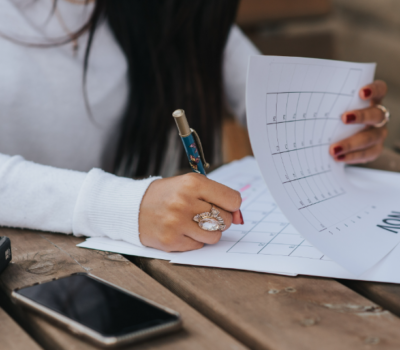


Our team sorts through all blog submissions to place them in the categories they fit the most - meaning it's never been simpler to gain advice and new knowledge for topics most important for you. This is why we have created this straight-forward guide to help you navigate our system.
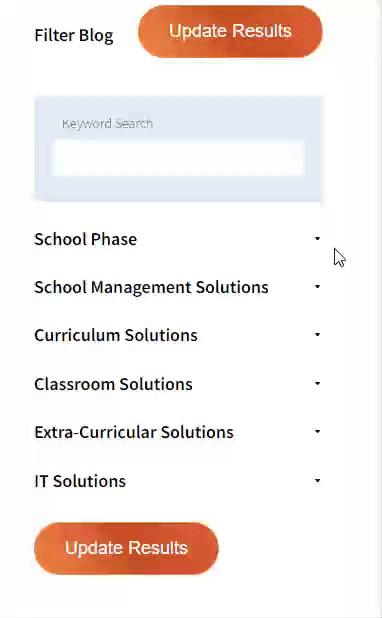

And there you have it! Now your collection of blogs are catered to your chosen topics and are ready for you to explore. Plus, if you frequently return to the same categories you can bookmark your current URL and we will save your choices on return. Happy Reading!
As a mum of two who’s a qualified teacher/SENCO, I’m a big believer in creating learning opportunities through play at school and at home. I even set up my own site to share ideas with parents and teachers of children with Special Educational Needs, The SEN Resources Blog, but what activities can you do at home and what skills can you help develop?
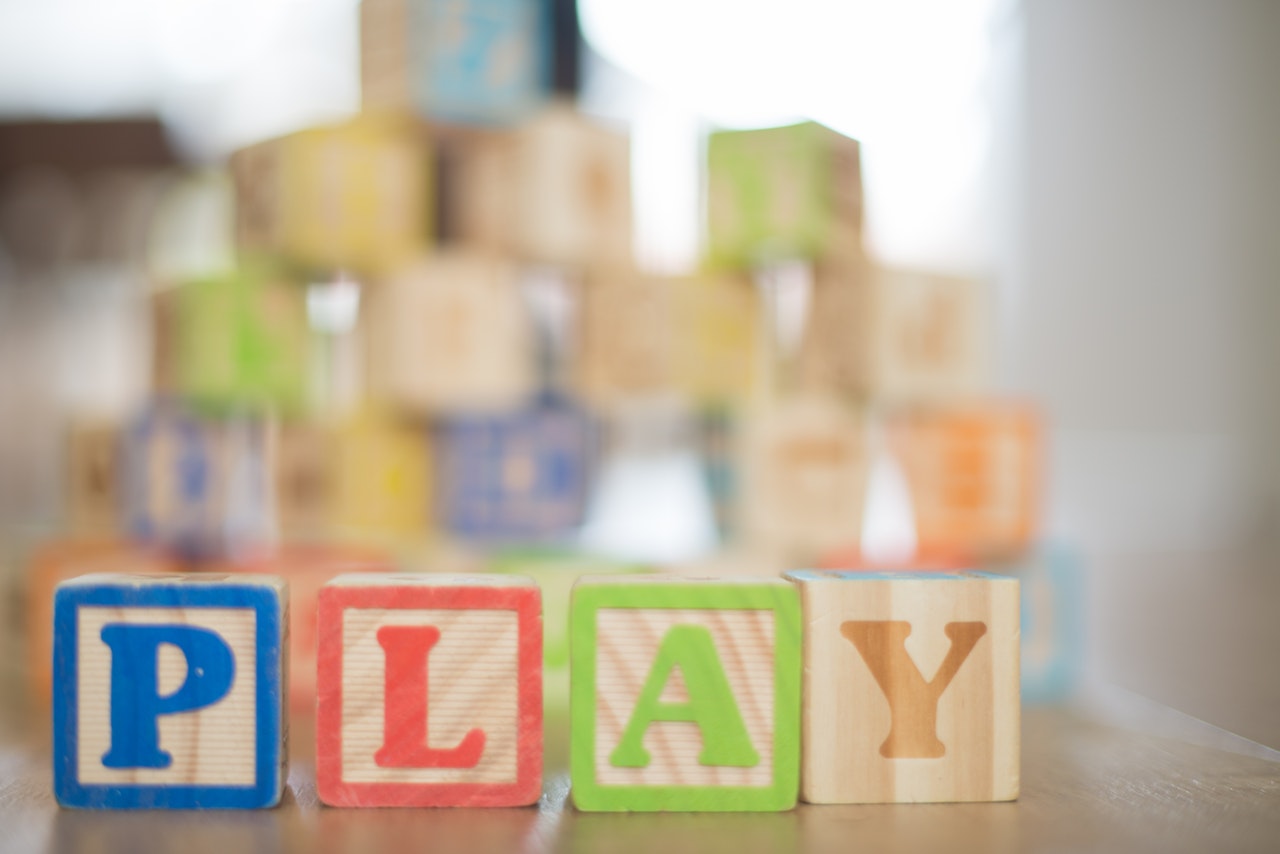
As parents, you’re often the experts in your child’s needs, likes and dislikes. If your child has special educational needs you may even have had discussions with your child’s occupational therapists/teachers/
Fine Motor Skills
Fine Motor activities build the tiny muscles in the fingers and hands that are necessary for tasks such as learning to write, un-doing zips and buttons and using a knife and fork.
There are lots of activities you can do with your children to help develop this skill, including:
Play dough/ Similar: Squishing, moulding, squeezing, rolling and cutting all help build those tiny muscles! The possibilities are endless, you can use play dough, kinetic sand, play foam or even bake biscuits and use the biscuit dough shaping as a fine motor opportunity.
Sorting Activities: Best with small objects (as long as they won’t pose a choking hazard to your child) such as pom poms, buttons, marbles, rice, stones etc. Children can use their fingers or tweezers/scoops/spoons to sort the different objects.
Painting: This could be with paints or even water outside on concrete slabs! Be creative. They don’t even have to use a paint brush they could use their fingers, cotton buds, feathers or cut up potatoes for potato printing.
Beading/Threading: Either with bought beads or home made versions (like pasta), the actions of putting beads on the string and pulling the string through really helps develop fine motor skills.
Weaving/Sewing: This could be using plastic needles and thread or weaving with strips of paper/pipe cleaners/ribbon.
Building: Playing with building blocks or alternatives such as Duplo, Lego, Mega Blocks.
Gross Motor
Unlike, Fine Motor Skill activities, which require the small muscles in the hands and fingers, Gross Motor Skill activities use the larger, core stabilising muscles. They are just as important as fine motor skills. In fact, children will often find sitting at a desk practicing fine motor skills easier if they have developed their gross motor skills- as their back and shoulder muscles enable them to sit in an upright posture at a desk for periods of time.
Gross motor skills enable us to stand, go up the stairs, to climb on and off the toilet, to sit at a school desk for a period of time, to carry things, throw things and catch. They are therefore, incredibly vital.
How can you develop a child’s gross motor skills?
There are so many, fun and engaging ways to help children develop their Gross Motor Skills*
If you’re interested in finding out more details about any of these activities, or keen to discover more ideas, including tips on areas such as sensory play please visit The SEN Resources blog www.senresourcesblog.com.
Or follow us on twitter www.twitter.com/
Facebook www.facebook.com/
Instagram www.instagram.com/
*Please note it is your responsibility to ensure a child’s health & safety when deciding to try out any of these activities. If you have any concerns about a child’s development- seek medical/professional advice- this article does not replace this type of advice.

The author

Read more

Read more
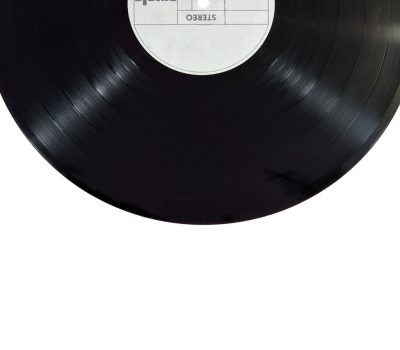
Read more

Read more

Read more
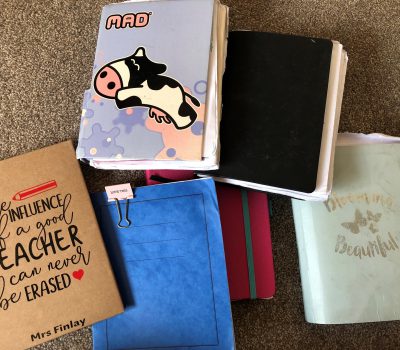
Read more
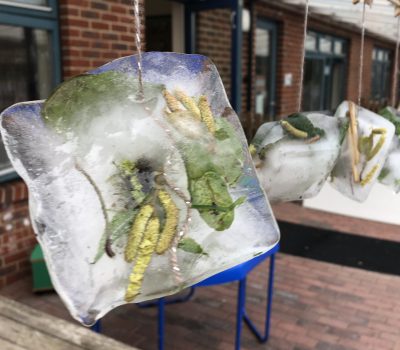
Read more

Read more


Are you looking for solutions? Let us help fund them! Nexus Education is a community of over 11,000 schools that come together to share best practise, ideas and CPD via online channels and free to attend events. Nexus also offers funding to all school groups in the UK via nexus-education.com


Established in 2011, One Education is a company at the heart of the education world, supporting over 600 schools and academies. Our unique appeal as a provider is in the breadth and synergy of the services we offer, supporting school leaders, teachers and support staff to achieve the best possible outcomes for their pupils and staff.

School Space is a social enterprise that has empowered schools for over 12 years through their profitable and hassle-free lettings services. So far, they’ve generated over £5 million in revenue for education, helping to connect over 200 schools with their local communities.


Unify is an online sales and marketing tool that allows users to create tailored personalised documents in moments.


There’s nothing special about the energy we sell. In fact, it’s exactly the same energy as all our competitors provide. But there is something special about the way we do it. Where others complicate the process, we simplify it. Where others confuse customers with hidden terms, we’re an open book. And where others do all they can to make as much money from their customers as possible, we do all we can to make as little. Everything we do, we do it differently. Our customers are a privilege. One we’ll never take advantage of.


Securus provide market-leading monitoring solutions to safeguard students on ALL devices both online and offline. We also offer a full monitoring service, where we carry out the monitoring on behalf of the school, freeing up valuable staff resources. From the smallest school to large MAT groups, Securus offers safeguarding protection for all!


Bodet Time offers dedicated solutions to education through lockdown alerts, class change systems, PA and synchronised clock systems. Improving time efficiency of the working and school day; ensuring safety through lockdown alerts; increasing communication with customised broadcast alerts.


Robotical makes Marty the Robot - a walking, dancing coding robot that makes programming fun and engaging for learners as young as 5. Our robots come with a full Learning Platform that has complete teaching resources, to make lesson planning a breeze.